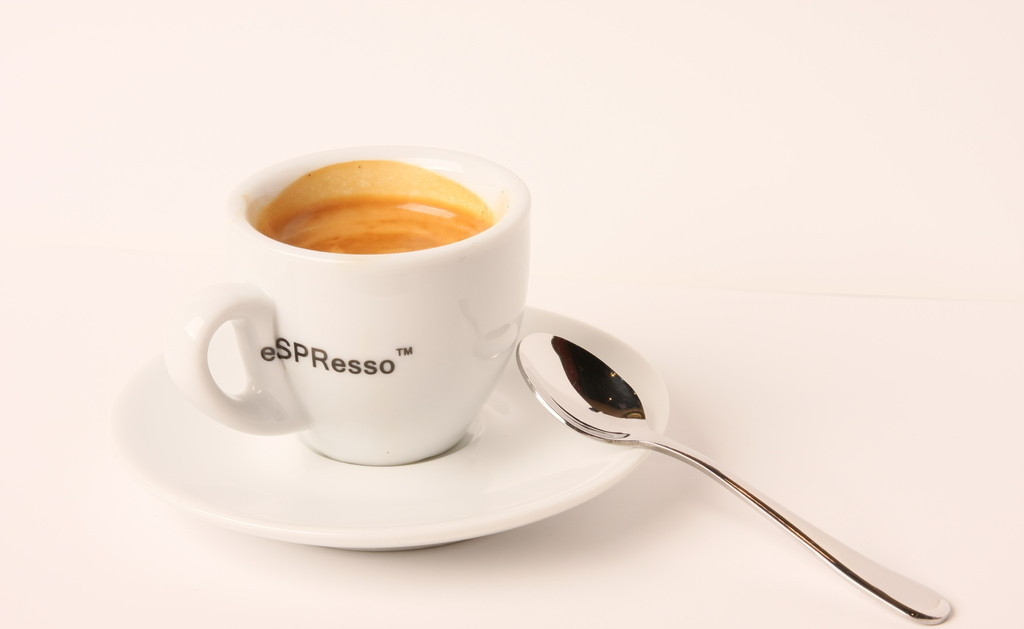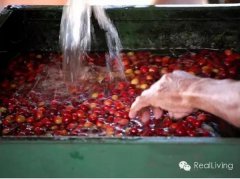Purification of coffee beans semi-washing coffee bean treatment

Semi-washing type is a mixture of drying type and water washing type, and it is also a compromise between the two. The practice is to wash the coffee beans in water, remove all the pulp of the coffee with a machine, dry it in the sun, and end it in use. What is different from the water washing refining method is that in this process, the coffee fruit is put into the fermentation tank, and the quality is more stable than the dry one. The Silado region of Brazil uses a semi-washing refining method.
At present, most coffee producing countries are gradually inclined to the water washing refining method, while the non-washing producing countries adopt the natural drying method according to their geographical environment and production needs. However, the non-washing refining method is regarded as the transitional method of the washing refining method. It is even considered that this is a production mode with a difference of one grade from the washing refining method. This is unfair and incorrect.
Washed coffee is highly appraised by Europe and the United States and other places, mostly because its impurities and defective beans are less, the appearance of beans is more competitive, we are misled that "washing is delicious", but the appearance is not equal to the inside! Washed coffee and non-washed coffee have their own advantages and disadvantages.
Some laymen will think that the mocha Matali coffee beans in Yemen look small and have a high percentage of defective beans, more than 40% of which are impurities and defective beans, but they do not know that the acidity of his unique wine can not be replaced by other coffee. So the conclusion that can be drawn is that there is no absolute relationship between the quality of coffee beans and the refining method.
Important Notice :
前街咖啡 FrontStreet Coffee has moved to new addredd:
FrontStreet Coffee Address: 315,Donghua East Road,GuangZhou
Tel:020 38364473
- Prev

Coffee refining methods are mainly divided into three categories.
There are a pair of oval seeds in the center of the fruit of the coffee tree, which are covered with exocarp, endocarp and pulp. Ripe fruit will rot in a short period of time without treatment, so the purpose of refining is to enable coffee beans to be preserved for a long time, easy to store and circulate. After the fresh coffee fruit is harvested, it should be dealt with immediately. Refining is to remove the skin and pulp of the coffee fruit, and then take the seeds.
- Next

The washing method of coffee treatment explains the process of washing treatment.
Recently, there are always friends who have just come into contact with coffee to ask, what is the meaning of water washing and sun honey treatment on coffee bean bags? Water washing is not coffee like people bathing with water ah, sunbathing is not people sunbathing, honey treatment is not a fragrant bath ah! Haha, the picture is too beautiful to think about getting back to the point. Let me simply explain the washing of this half bucket of water today.
Related
- What is the meaning of lactic acid fermentation with coffee bean treatment?
- How to judge the state of foam by sound?
- How does the latte pull out the unicorn pattern? Come to get for a little trick to improve the flower pull!
- Will flower pulling affect the taste of the latte?
- Do you know the history of coffee?
- The difference between honey treatment and sun washing what is raisin honey treatment?
- What kind of milk can a novice use to make coffee foam to keep the foam longer? The correct method and skills of milking tutorial sharing
- Why do washed coffee beans taste sour? Flavor characteristics of washed Coffee
- Introduction to the skill of how to practice the size and height of water injection around the circle of hand-brewed coffee
- How do beginners practice coffee flower drawing from scratch?

